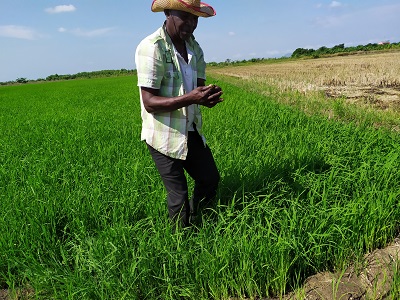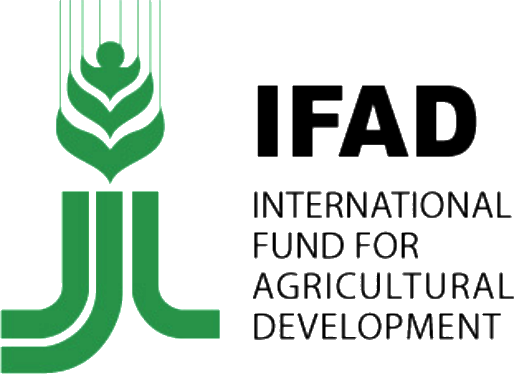Agribusiness Linkages Development
 In 2019, GASIP collaborated with MoFA technical directorates and District Departments of Agriculture to build capacities of FBOs. The Programme also leveraged on proven MOFA projects to create shared value for smallholder farmers and other value chain actors. The adoption of an innovative-production-toolkit approach enabled SHFs to benefit directly from Programme resources, and to jumpstart the development of value chains and thereby put impetus into Programme implementation.
In 2019, GASIP collaborated with MoFA technical directorates and District Departments of Agriculture to build capacities of FBOs. The Programme also leveraged on proven MOFA projects to create shared value for smallholder farmers and other value chain actors. The adoption of an innovative-production-toolkit approach enabled SHFs to benefit directly from Programme resources, and to jumpstart the development of value chains and thereby put impetus into Programme implementation.
Through partnerships with 53 Value Chain Drivers (VCDs) and 1,200 FBOs, GASIP worked to stimulate effective participation of poor smallholders in the Programme. Over 47,000 SHFs in the maize, rice, and soya value chains accessed GASIP matching grant resources to pay for high-quality crop production inputs. The VCDs and FBOs signed agreements and action-plans to foster marketing and other business linkages.
GASIP collaborated with private sector institutions to create end-markets for SHFs through value chain actors. Institutions such as Nestle and GiZ - CARI provided training on food safety, food quality, and food processing to enhance the ability of the SHFs to meet purchasing specifications. GASIP’s collaboration with Ghana Commodity Exchange (GCX) also created marketing platform for the SHFs through the VCDs. Smallholder farmers have been linked, through their mobile phones, to the GCX to receive weekly price update of the various commodities across markets in Ghana; this will enable the SHFs to study market trends and to make better margins on sales.
Over 108 Agriculture Extension Agents from District Departments of Agriculture, 100 FBO leaders, 53 Managers of Agribusinesses/VCDs, and 69 Youth leaders were trained as master-trainers to cascade training to the smallholder farmers. Over 30,000 SHFs benefited from these trainings.
By the end of 2019, the project had surpassed the beneficiaries’ target, reaching 78,227 beneficiaries (124%). GASIP intensified activities towards targeting women, youth and the vulnerable. For SHFs that received production inputs, 31% are female, 49% are youth, and 51% are adults.





